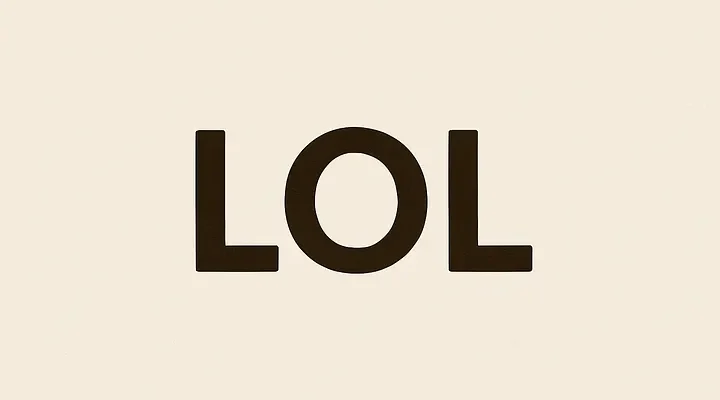Let’s start with the truth: nobody is actually laughing out loud when they type LOL anymore.
In fact, if you are laughing out loud, you’re probably not announcing it — you’re too busy laughing. And yet… here we are. It’s 2025, and “LOL” is still hanging on like that friend from high school who randomly shows up in your group text: persistent, nostalgic, and oddly comforting.
But this isn’t just about slang.
As someone who studies leadership, communication, and generational behavior, I can tell you — how we talk matters. The language we use, even in the smallest forms, reveals how we think, how we lead, and how we connect across generations. So let’s break it down…
1. LOL = Language Of Lightness
Forget “laugh out loud.” Today, LOL is more like:
“This is me being casual, not cold.”
“This is friendly, not formal.”
“This is a safe message — no hard edges.”
In a world full of filters — on our photos and our emotions — LOL has evolved into a social softener. It’s emotional punctuation. It allows people to express tone in a text-based world where tone is easily lost.
Boomers might say “ha!” or end with a smiley. Gen X still tosses in the occasional “haha.” Millennials brought LOL mainstream. And Gen Z? They’ve turned “lol” into lowercase irony — a quiet nod of acknowledgment that doesn’t always mean they’re amused. It’s subtle. Witty. Meta.
Same word. Different intent. Across every generation.



 ©
©